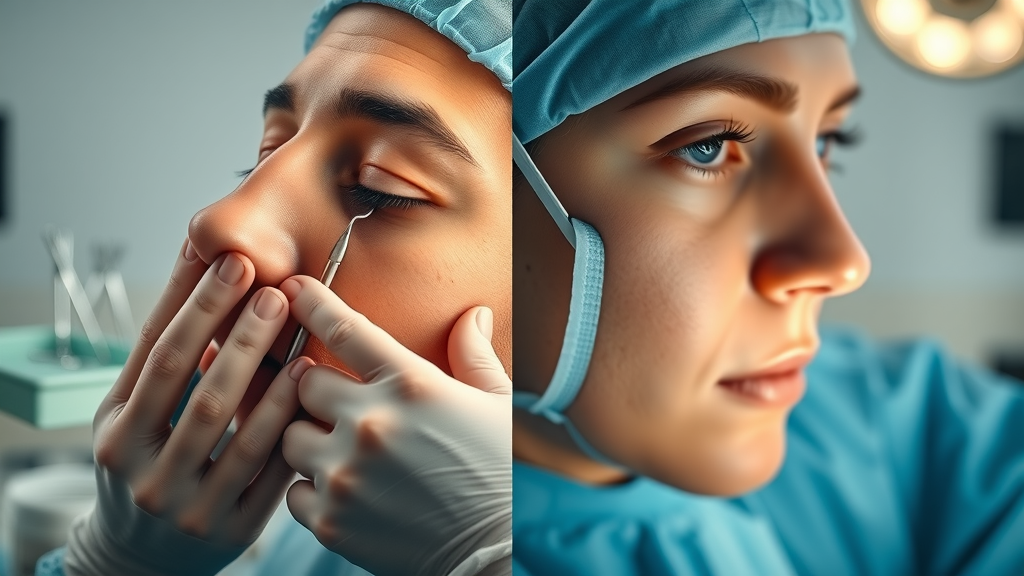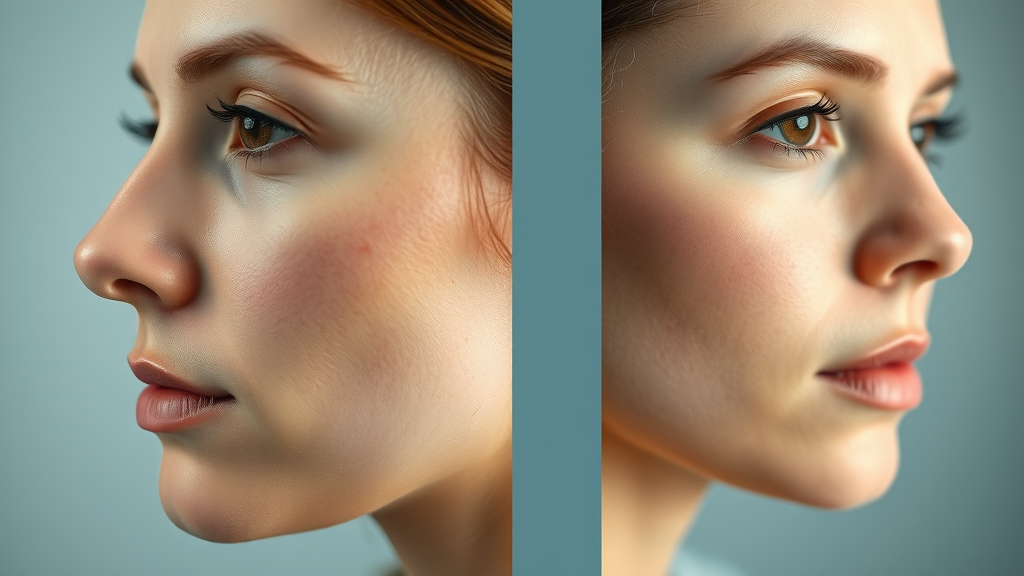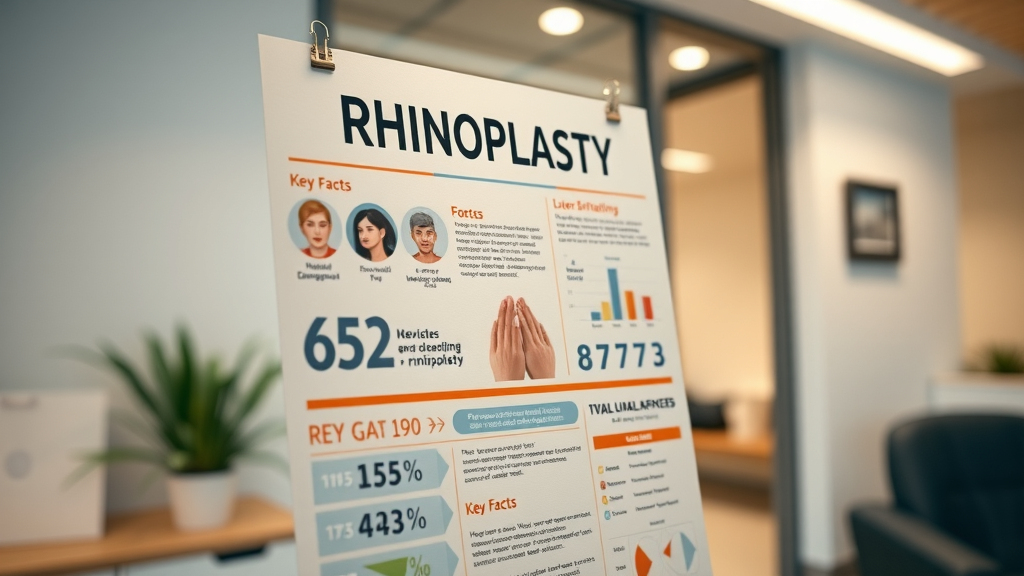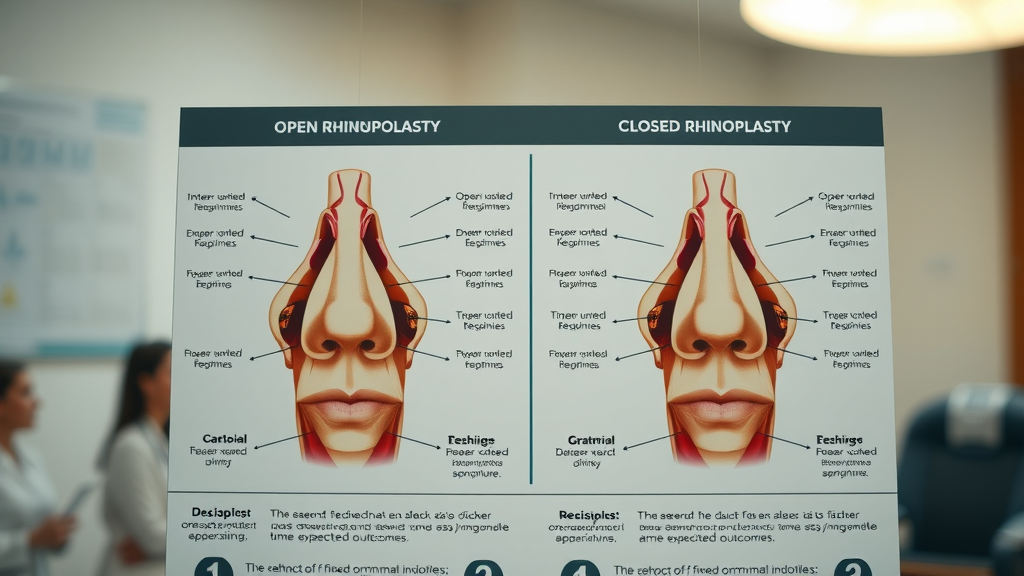Are you considering a change that could enhance your confidence and reshape your profile? The rhinoplasty procedure is more than just a cosmetic enhancement; it’s a journey towards self-discovery and empowerment. However, with great benefits come essential risks that require careful consideration. In “Understanding Rhinoplasty: Benefits and Risks,” we delve into the intricacies of this transformative surgery, equipping you with the knowledge to make informed decisions. Join us as we explore the advantages and potential pitfalls of this popular procedure—because your journey deserves clarity!
What is Rhinoplasty?
Rhinoplasty, commonly referred to as a nose job, is a surgical procedure designed to alter the shape, size, or function of the nose. This procedure can be performed for cosmetic reasons, such as enhancing facial symmetry, or for functional purposes, such as correcting breathing problems associated with structural issues like a deviated septum.
Types of Rhinoplasty
Understanding the rhinoplasty procedure begins with recognizing the different types available:
Open Rhinoplasty
Open rhinoplasty involves making an incision across the columella, which allows the surgeon to lift the skin off the nasal structures for better visibility and access. This technique is often favored for major reshaping and corrections.
Closed Rhinoplasty
Closed rhinoplasty, on the other hand, involves incisions made inside the nostrils, which leaves no visible scars. This approach is suitable for minor adjustments and generally results in quicker recovery times.
Purpose and Benefits of Rhinoplasty
The benefits of rhinoplasty go beyond aesthetics. The procedure can significantly improve one’s quality of life. Here are some key purposes and benefits:
- Aesthetic Improvement: Reshapes the nose to enhance facial harmony.
- Functional Improvement: Corrects breathing difficulties caused by structural issues.
- Self-Confidence Boost: Enhances self-esteem by improving the overall appearance.
- Correcting Birth Defects: Addresses congenital issues affecting nasal structure.
| Purpose | Benefits |
|---|---|
| Aesthetic Improvement | Enhanced facial symmetry |
| Functional Improvement | Improved airflow and breathing |
| Self-Confidence Boost | Increased self-esteem |
| Correcting Birth Defects | Restoration of normal appearance |

Preparation for Rhinoplasty
Preparing for the rhinoplasty procedure is critical to ensure a smooth process and optimal results. Here are the essential steps involved in the preparation phase.
Initial Consultation
During the initial consultation, the surgeon will discuss your goals for the rhinoplasty procedure, evaluate your nasal structure, and assess your medical history. This is the time to ask questions and express any concerns you may have.
Medical History Review
A thorough review of your medical history is essential. This includes any prior surgeries, existing health conditions, and medication use. Being transparent with your surgeon can help avoid complications.
Understanding Risks and Benefits
It’s crucial to weigh the risks and benefits of the procedure. While rhinoplasty is generally safe, potential risks can include:
- Infection
- Scarring
- Altered nasal function
- Anesthesia complications
Benefits include improved appearance and enhanced breathing capabilities.

The Rhinoplasty Procedure
The day of the rhinoplasty procedure involves several important steps, from surgical techniques to anesthesia options.
Surgical Techniques
Surgeons may employ various techniques based on individual needs. Common surgical methods include:
- Cartilage Grafts: Often used to enhance the shape and support of the nose.
- Bone Reshaping: Involves modifying the nasal bones for improved symmetry.
Anesthesia Options
The type of anesthesia used during the rhinoplasty procedure can vary. Options include:
- Local Anesthesia: Numbs only the nose area.
- General Anesthesia: Used for more extensive alterations, rendering the patient unconscious.
Incisions Made During Rhinoplasty
Incisions can be made either externally (open rhinoplasty) or internally (closed rhinoplasty). The choice of technique will depend on the complexity of the procedure and desired outcomes.
Surgery Team and Facilities
A qualified surgery team plays a vital role in ensuring the safety and success of the procedure. The surgical facility should be accredited and equipped with the necessary resources for patient care.

Recovery from Rhinoplasty
Understanding the recovery phase is essential for anyone considering the rhinoplasty procedure.
Recovery Time and Expectations
The recovery time can vary, but most patients can expect to return to normal activities within a week or two. Swelling and bruising are common but typically subside within a few weeks.
Post-Operative Care
Post-operative care involves:
- Keeping the head elevated
- Avoiding strenuous activities
- Attending follow-up appointments
Signs of Complications
Being aware of potential complications is crucial. Signs to watch for include:
- Increased swelling or bruising
- Fever
- Unusual pain or bleeding

Results of Rhinoplasty
After the rhinoplasty procedure, patients often wonder about the results and what to expect during the healing process.
Final Result and Nasal Symmetry
Patients typically see the final results of their rhinoplasty within a year. The nose will gradually settle into its new shape, achieving improved symmetry and aesthetics.
What to Expect Weeks After Surgery
In the weeks following surgery, patients should expect:
- Continued swelling
- Gradual improvement in appearance
- Follow-up appointments to monitor the healing process

Finding the Right Surgeon for Rhinoplasty
Choosing a qualified plastic surgeon is crucial for a successful rhinoplasty procedure.
Choosing a Qualified Plastic Surgeon
Look for a surgeon who specializes in nasal surgery and is board-certified. Reviews and testimonials from previous patients can provide insight into their expertise.
Initial Consultation with a Surgeon
During the initial consultation, ensure that the surgeon takes the time to understand your goals, discusses potential risks, and answers all your questions.

Fast Facts About Rhinoplasty
Here are some fast facts about the rhinoplasty procedure:
- Commonality: Rhinoplasty is one of the most popular cosmetic surgery procedures.
- Age Factor: Most patients are aged 18 or older.
- Recovery Time: Most patients can return to work within a week.

Informational Table on Rhinoplasty Types
| Type of Rhinoplasty | Description | Ideal Candidate |
|---|---|---|
| Open Rhinoplasty | Involves external incisions for detailed work | Extensive reshaping needed |
| Closed Rhinoplasty | Incisions made inside the nose | Minor adjustments |
| Ethnic Rhinoplasty | Tailored for ethnic features | Patients wanting culturally sensitive changes |

Patient Care and Support
Support is essential during the rhinoplasty procedure recovery process.
Role of Care Providers
Care providers play a vital role in ensuring patients have the necessary support and information throughout their recovery journey.
Support from Family Members
Family members can greatly assist by helping with daily activities and providing emotional support during the recovery phase.
Common Concerns and Misconceptions
Many patients have concerns about the rhinoplasty procedure that may be based on misconceptions.
Understanding the Risks of Rhinoplasty
While risks exist, understanding them can help patients make informed decisions. Risks include infection, scarring, and dissatisfaction with results.
Addressing Myths about Nose Surgery
Common myths include the belief that rhinoplasty is only for cosmetic reasons. In reality, many patients undergo the procedure for functional improvements as well.
Rhinoplasty and Health Care
Understanding the health care aspects of the rhinoplasty procedure is crucial.
Insurance Coverage for Rhinoplasty
Insurance may cover rhinoplasty if it’s deemed medically necessary, such as correcting breathing problems. Always check with your provider.
Outpatient vs. Inpatient Surgery
Most rhinoplasty procedures are performed on an outpatient basis, allowing patients to return home the same day.
Surgical Outcomes and Patient Satisfaction
Patient satisfaction is a key indicator of the success of the rhinoplasty procedure.
Patient Testimonials
Many patients report high satisfaction rates, often citing improved self-esteem and enhanced facial aesthetics.
Statistics on Rhinoplasty Results
Studies show that around 90% of patients are satisfied with their results, highlighting the effectiveness of the procedure.

Video Resource on Rhinoplasty
For a more visual understanding of the rhinoplasty procedure, check out this informative video:
Understanding Rhinoplasty: A Comprehensive Guide

Key Takeaways for Potential Patients
If you’re considering the rhinoplasty procedure, here are essential takeaways:
- Research Thoroughly: Understand the types of rhinoplasty and their implications.
- Consult a Qualified Surgeon: Choose a board-certified plastic surgeon with experience.
- Prepare for Recovery: Follow post-operative care instructions for optimal healing.
- Manage Expectations: Be clear about your goals and understand the risks involved.

Conclusion
In conclusion, the rhinoplasty procedure offers transformative potential for both cosmetic and functional improvements. By understanding the benefits, risks, and preparation necessary, you can embark on this journey with clarity and confidence. Always consult with a qualified medical professional to ensure the best outcomes tailored to your individual needs.
Key Takeaways Summary
- Rhinoplasty can enhance appearance and function.
- Choose a qualified plastic surgeon.
- Understand the recovery process and manage expectations.
- Be informed about potential risks and benefits.
With the right information and support, the rhinoplasty procedure can be a rewarding experience that leads to a more confident you!
FAQs
-
What is the recovery time for rhinoplasty?
- Recovery typically takes about one to two weeks, with full results visible after a year. -
Is rhinoplasty covered by insurance?
- Insurance may cover the procedure if it is deemed medically necessary. -
What are the risks associated with rhinoplasty?
- Risks include infection, scarring, and dissatisfaction with results. -
How long does the procedure take?
- The surgery usually lasts between 1 to 3 hours, depending on complexity. -
Can rhinoplasty improve breathing?
- Yes, rhinoplasty can correct structural issues that affect airflow.
For further reading and resources, consult the following authoritative sources:
- American Society of Plastic Surgeons
- NHS Cosmetic Surgery Overview
 Add Row
Add Row  Add
Add 






Write A Comment